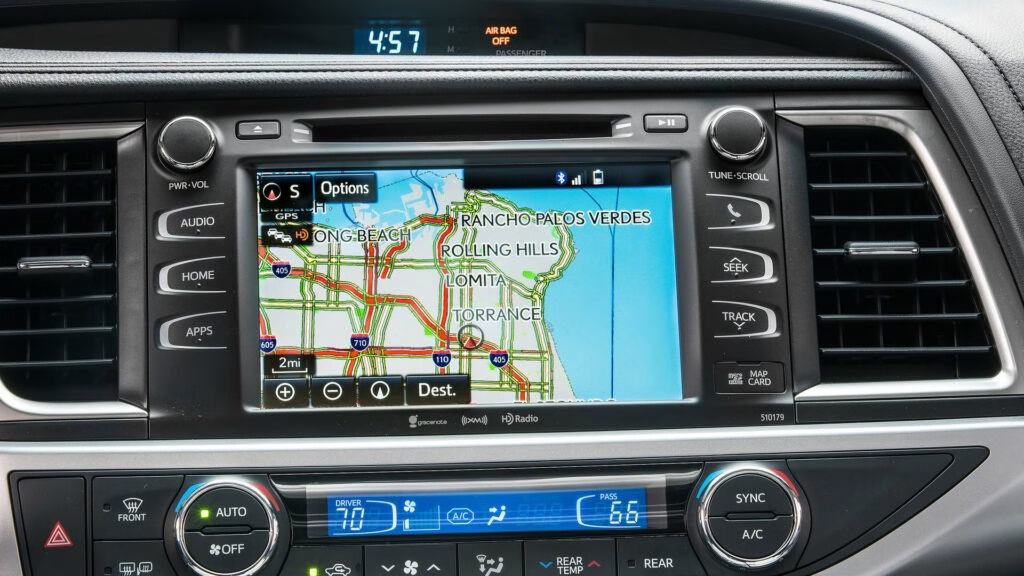Why Did Toyota Owners Sue Over Bluetooth Echo Problems?
If you’ve ever tried to have a hands-free call in your car, you know how frustrating bad audio can be. For thousands of Toyota owners, though, it wasn’t just a minor annoyance—it was a persistent echo that made conversations nearly impossible. The issue was so widespread that it sparked a class-action lawsuit, dragging on for six years and involving a laundry list of Toyota models from 2014 to 2019.
The core complaint? When drivers used the Bluetooth hands-free feature, the person on the other end would often hear their own voice echoing back. Imagine trying to have a serious conversation with someone, only to hear every word you say boomerang back at you. Not exactly ideal for business calls or catching up with family. Owners argued this wasn’t just a nuisance; it made the feature borderline unusable and, in their eyes, hurt the value of their vehicles.
What Was the Outcome of the Lawsuit?
After years of legal back-and-forth, the settlement finally arrived—but it wasn’t the blockbuster win many owners hoped for. Fourteen plaintiffs received about $6,800 each, while their attorneys walked away with a hefty $3.15 million in fees. The rest of the affected owners? They got an instructional video.
That’s right. Instead of a cash payout or a hardware fix, most people received a short tutorial explaining how to adjust their audio settings to minimize the echo. Toyota, for its part, never admitted any wrongdoing. The company maintained that the problem stemmed from improper use of the Bluetooth feature, not a defect in the vehicles themselves.
Which Toyota Models Were Impacted?
The echo issue wasn’t limited to a single model. Here’s a quick rundown of the vehicles included in the settlement:
– 2014-2019 4Runner, Highlander, Highlander HV, Tacoma, Tundra, Sequoia
– 2015-2018 Avalon, Avalon HV, Prius V, Venza
– 2016-2018 Mirai
– 2016-2019 Prius
– 2017-2019 Prius Prime
– 2015-2017 Sienna
– 2018-2019 Yaris
If you own one of these, chances are you’ve either experienced the echo firsthand or heard about it from other drivers.
What’s the Official Fix for the Bluetooth Echo?
So, what’s the magic solution? According to Toyota’s own service bulletin and the new instructional video, it’s all about volume settings. Here’s the step-by-step advice:
1. Turn your phone’s volume up to the max.
2. Lower your car’s infotainment volume to 45 or below.
3. If the echo persists, try turning the volume down even further.
It sounds almost too simple, but that’s the official guidance. Toyota’s bulletin to dealerships echoed (pun intended) this advice, suggesting that the echo was caused by the hands-free volume being too low. No mention of hardware replacements or software updates—just a tweak to your volume knobs.
Why Did the Settlement Leave Owners Disappointed?
For many owners, the settlement felt like a letdown. After all, six years of legal wrangling ended with a YouTube-style how-to video. No recall, no upgraded hardware, no compensation for the vast majority. It’s a classic case of expectations versus reality.
This isn’t the first time car owners have felt shortchanged by class-action settlements. Legal experts point out that, in many cases, the bulk of the money goes to attorneys, while affected consumers get little more than an apology or a tip sheet. According to a 2023 report from the Center for Auto Safety, less than 10% of class-action settlements in the auto industry result in direct cash payments to consumers.
Are There Broader Lessons for Car Owners and Automakers?
Absolutely. This saga highlights a few key takeaways for both drivers and the auto industry:
– For consumers, it’s a reminder to document issues early and push for clear communication from manufacturers. Sometimes, the fix is simpler than you think—but getting there can take years.
– For automakers, it’s a lesson in the power of user experience. A small tech glitch can snowball into a major PR and legal headache if it isn’t addressed transparently and quickly.
What Should You Do If You’re Still Experiencing the Echo?
If you’re still battling the echo in your Toyota, don’t give up hope. Try the recommended volume adjustments first. If that doesn’t work, reach out to your local dealer and reference the service bulletin. Some owners have found success with aftermarket Bluetooth microphones or by updating their infotainment system’s software, though results vary.
The big takeaway? Fixing a nagging issue like the Toyota Bluetooth echo isn’t about perfection—it’s about smarter adjustments. Start with one change this week, and you’ll likely spot the difference by month’s end.

